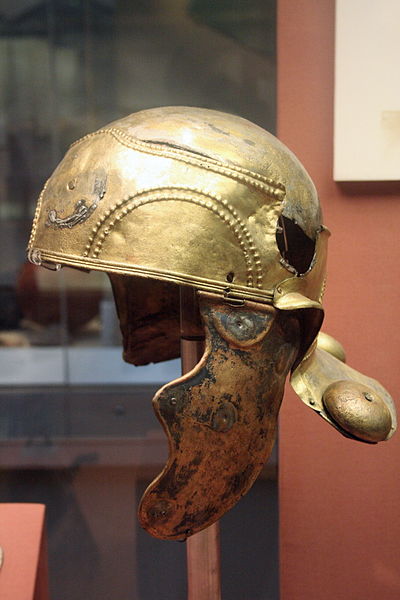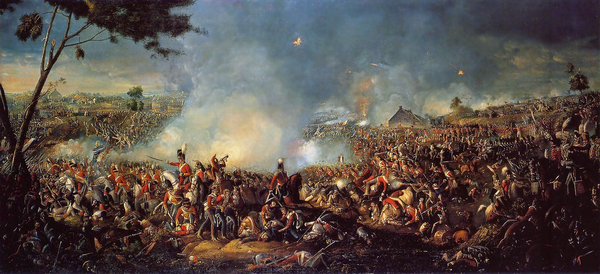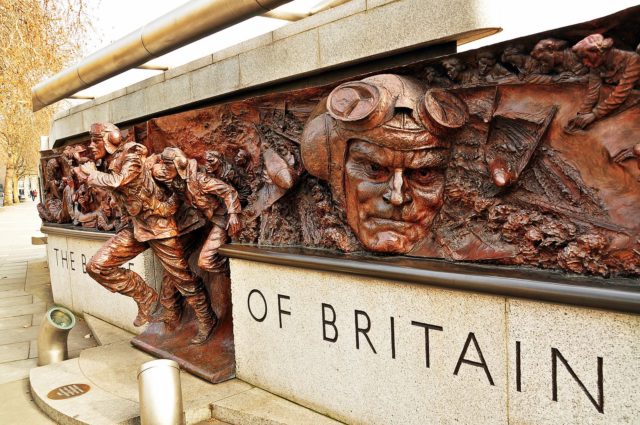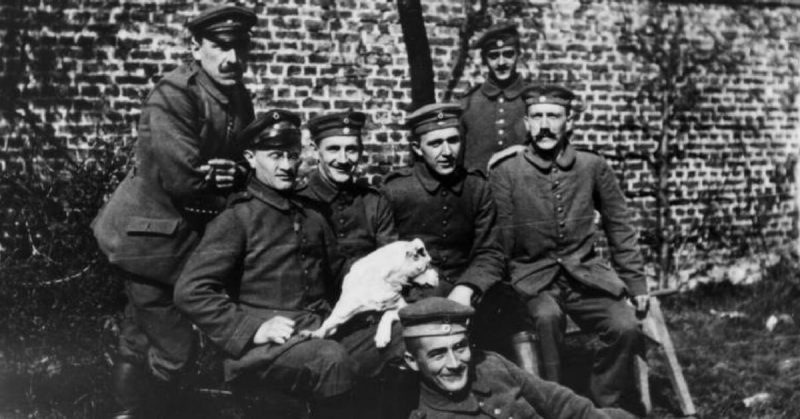In the modern world, we expect the people fighting for a country are its citizens. However, throughout history, countries have called upon foreigners to help fight their battles.
Greeks for Macedonia
Philip of Macedon and his son Alexander the Great transformed the fortunes of their nation. Philip reformed and reinvigorated the Macedonian military. Alexander led it to astounding glory.
It was achieved in part by recruiting mercenaries from elsewhere in Greece. They provided a vital part of fighting formations and brought in the latest military techniques, upon which Philip based his reforms. When Alexander faced the Persians and then marched on into Asia, men from all over Greece fought and died in his service. They were not the most reliable of his troops, but they were important in matching Persian numbers.
Roman Auxiliaries
The Roman army is best remembered for its Legionaries. The uniformly equipped, well-trained soldiers formed the core of one of the most disciplined fighting forces in the world.

The Romans also fielded other troops. Most numerous were the auxiliaries, foreign troops fighting under the eagle banner of Rome. They helped to enlarge the armies. They also provided specialists, such as the Cretan bowmen who served under Julius Caesar.
As the empire expanded, some auxiliaries came from non-Roman regions within its borders. They continued to provide specialist skills, from Syrian bowmen to Germanic cavalry. However, they were always considered outsiders by the citizens of Rome. On Trajan’s column, the different clothing and facial features of Middle Eastern auxiliaries mark them out as foreign.
The Genoese at Crécy
Mercenaries were common during the Hundred Years War. Both the English and the French used outsiders, although it was more common in the French armies.
The most often cited example is the Genoese crossbowmen who served at Crécy. Those professional specialists with their powerful ranged weapons added an element that the French could not recruit from within their lands.
What looked like a lucrative contract turned into a disaster for the Genoese. When the battle turned against the French, the crossbowmen found themselves trampled by the cavalry of their own side.
The White Company
Around the same time, the English were facing Genoese mercenaries, some of their fellow countrymen were fighting in other people’s wars. The English, known for their violent temperament, provided many of the mercenaries who fought for the Italian city states. Most famous was the White Company, led by John Hawkwood. Such was their willingness to fight for whoever paid the most; the White Company fought both for and against Florence in the space of a few years.
The Napoleonic Wars

The Napoleonic Wars saw soldiers fighting for other countries for a whole host of reasons.
Napoleon’s armies featured soldiers from all over Europe. Some had joined his cause out of enthusiasm for the liberal reforms that France brought. Some were the subjects of conquered territory and satellite states. When he invaded Russia in 1812, he did so at the head of an international army.
In Spain, mercenaries played an important part in the fighting. Swiss professionals served on both sides. Men from the occupied German states came to fight for the Bonapartist regime. Meanwhile, French recruits bolstered the regime of Joseph Bonaparte, Napoleon’s brother who was the puppet King of Spain. They were an especially important part of Joseph’s royal guard.
Hitler in WWI
Given his strong association with Germany, it is easy to forget that Adolf Hitler was Austrian.
The unification of German in 1871 was just one step in a struggle to define Germany and what it meant to be German. Until Prussia sidelined Austria in the 1860s, the Austrians were considered German and could have become part of that nation. Hitler was not alone in being an Austrian proud of his German heritage.
Hitler chose to fight for Germany rather than Austria in WWI. He signed up for a reserve regiment in the Bavarian Army, an independent force within the German army. Hitler fought, was injured, and was awarded medals, all in the service of a country that was not technically his own.
The Spanish Civil War
The Spanish Civil War of the 1930s is famous for its ideological rather than national focus. As Franco’s nationalists fought against the disparate left-wing groups that made up the Republicans, people from across Europe and beyond went to take a side.
Spain became a microcosm for wider struggles. Communists and socialists in the Republican International Brigades faced off against volunteers from the far right. Nazi Germany and Fascist Italy used the war as a training ground and testing place for troops, tactics, and equipment. Both sides were fighting for Spanish governments. Both sides were also fighting for something more.
The Battle of Britain

The image of the lone island standing against the Nazi menace is a vital part of Britain’s historical identity. That picture does not show the whole truth.
Throughout both world wars, the British Army included soldiers from the current and former colonies. Some of the best “British” units of WWI were from Australia, Canada, and New Zealand.
The high point of British military diversity was the Battle of Britain. Pilots from occupied countries such as Czechoslovakia, France, and Poland signed up to fly for the Royal Air Force. American volunteers preceded their country into the war. The Commonwealth again provided men.
It was a British air force, but it was also a genuinely international one. If the history of war teaches us anything, it is that no nation ever stands truly alone.
Sources:
Christopher Allmand (1989), The Hundred Years War: England and France at War c.1300 – c.1450
Nigel Cawthorne (2004), Turning the Tide: Decisive Battles of the Second World War
Alan Forrest (2011), Napoleon
Adrian Goldsworthy (2003), The Complete Roman Army
Philip Haythornthwaite (2004), The Peninsular War: The Complete Companion to the Iberian Campaigns 1807-14
Richard Holmes, ed. (2001), The Oxford Companion to Military History
John Keegan (1987), The Mask of Command
